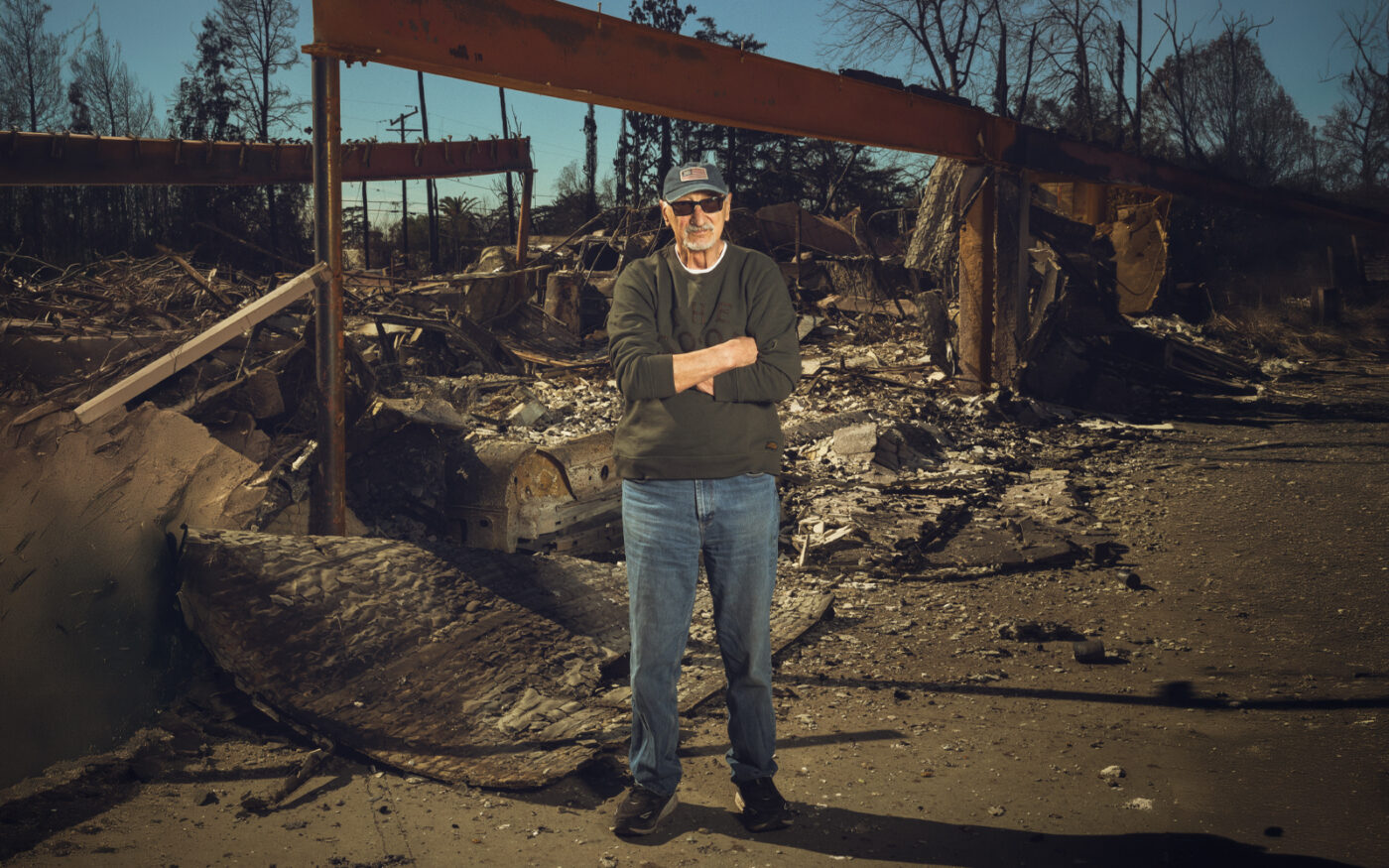The Pacific Palisades had a “flavor,” as broker Anthony Marguleas remembers it. The residential neighborhood on the Westside of Los Angeles smacked of a modern-day Mayberry, the idyllic small town from “The Andy Griffith Show.”
That’s of course if Mayberry had multi-million-dollar views of Pacific Ocean sunsets and movie stars who frequented the designer boutiques and wellness shops that once lined the Palisades’ downtown.
Most of that beauty and business is gone now, obliterated by the Palisades Fire, one of the deadliest and most destructive wildfires to ever sweep L.A.
“It’s a wave of emotions,” Marguleas said. His home was one of 6,300 destroyed by the blaze, which sparked in Topanga State Park on the morning of Jan. 7 and tripled in size in just four hours.
“We lost our home; all of our friends lost their homes; the school our kids went to is gone — the whole sense of community,” Marguleas said.
To the east, Altadena and parts of Pasadena — both suburbs of Los Angeles County — are also in ruins. Entire blocks of residential homes, many owned or rented by middle-class earners, have been razed. All that remains are charred palm trees, burned out foundations and a collective state of grief.
“It’s a feeling of desperation,” Michael Astalis, an Altadena resident and landlord, said. He lost his home and five rental properties totaling 45 units to the Eaton Fire that leveled the area.
“These little homes were a community; I was very close to the people,” Astalis said. “Secondly, it’s a financial loss — 90 percent of my income.”
The fallout is hard to fathom. The Palisades Fire consumed 37 square miles, roughly the size of Miami; the Eaton Fire: 22 square miles or nearly all of Manhattan. As of Jan. 22, 16,080 structures were destroyed, according to Los Angeles County and 28 people are dead, officials report.
The fires burned through late January, and a third blaze — the Hughes Fire — sparked north of the Palisades on Jan. 22 and nearly doubled in size in just a few hours to stretch 9,000 acres.
All three were largely contained by Jan. 26 when rain, a doubled-edged sword, swept the region, aiding firefighters but adding the risk of mudslides.
And yet, conversations on how to rebuild are already underway and have been since Gov. Gavin Newsom cut regulations to “help Los Angeles rebuild faster and stronger” five days after a group of hikers snapped photos of the first plumes of smoke in the Palisades.
“It was already expensive to get insurance for projects. I’m worried about what it’s going to be like to get insurance going forward for single-family homes and also for multifamily.”
Even this early in the process, it’s evident that rebuilding will be a hydra. Red tape is but a single head.
Construction timelines are speculative, ranging widely from 18 months to a decade, depending on who’s prognosticating, and efforts will be hindered by insurance payouts, financing, worker shortages and environmental hazards.
And then there is the heartbreak.
In online forums and through community meet-ups, the rallying cry from the Palisades to Altadena aligns with Newsom’s initiative: rebuild stronger. But joining the chorus means accepting you can never go home again. At least, not to the home you remembered.
And for some, that means they won’t want to return.
“The conversations about whether to stay or go have already started,” Sue Kohl, a broker and president of the Pacific Palisades Community Council wrote in a Jan. 19 blog post. Kohl lost the home she shared with her partner to the Palisades Fire.
What is certain is there will be change — and the industry will be involved at every step of the way. An exodus of Palisades residents will likely shift the community’s older demographic younger. New fire-safe construction will dot the canyon and foothills of the San Gabriel mountains. Developers are already fiending for land. And some owners may well sell.
Such a shift on the heels of a trauma can be soul-wrenching. But the fires have also cleared a path to improve the perpetual housing problems plaguing L.A.: Not enough units and too many at “very high” fire risk, according to Corelogic, which pegged the number at 1 in 8.
If the Palisades and Altadena can’t be what they once were, they may be able to reemerge denser and more resilient. Neither shift will please all: Some residents may decry more units; others will balk at their neighborhood’s new look.
“It doesn’t replace what they’ve lost,” Lance Williams, founder of homebuilder Williams Homes said. “But economically, it may end up being a win.”
‘No playbook for this’
As the L.A. blazes entered their second week, Kohl — the Palisades Community Council president — was scrambling, piecing together fire recovery information and updates and organizing Zoom meetings with Mayor Karen Bass and local electeds.
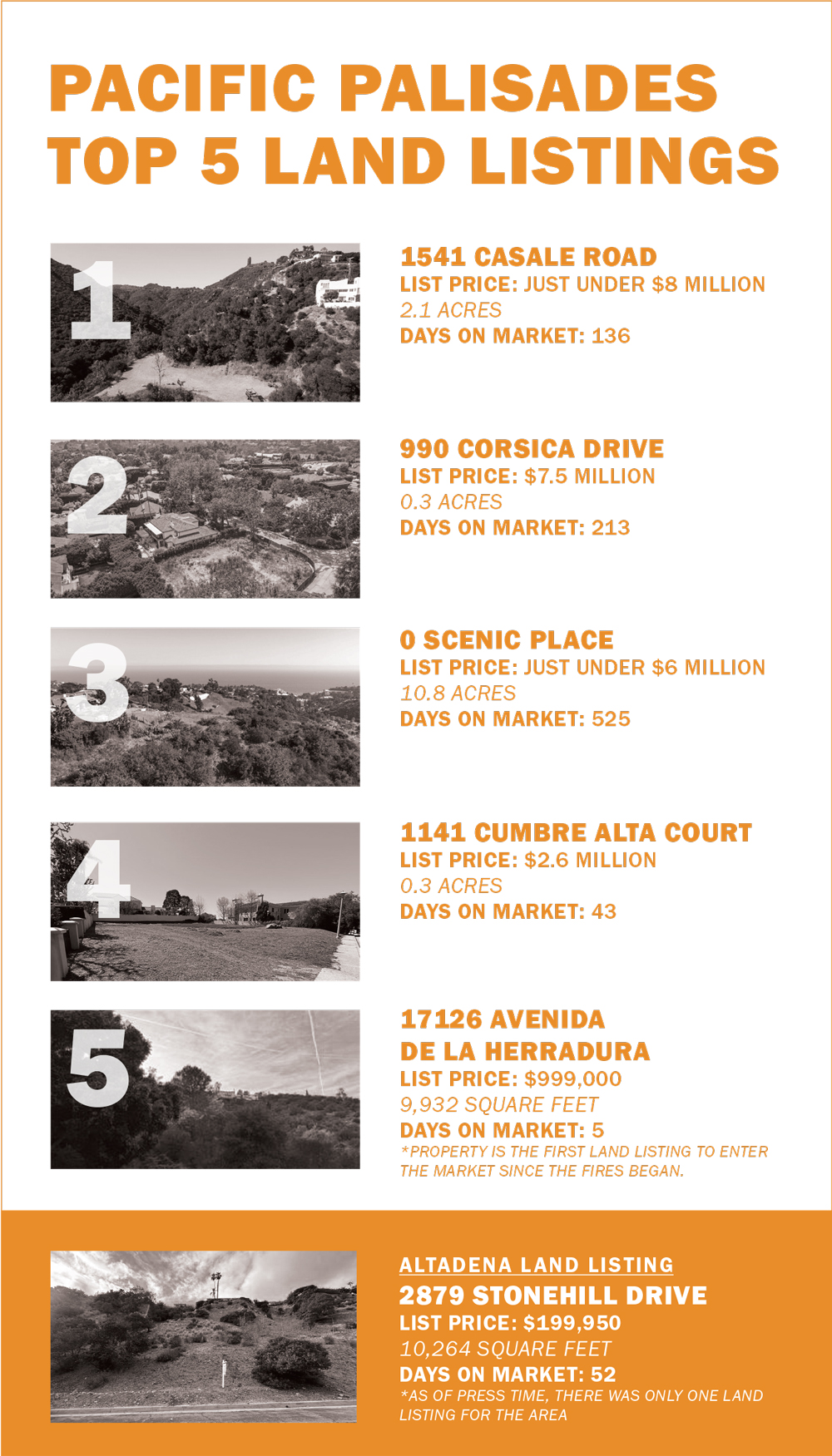
“We are all in serious ‘trying to recover and make plans mode,’” the broker wrote in an email explaining why she would be hard to reach by phone.
Those plans are nascent and changeable. There were 5,500 homes destroyed in the Palisades and Altadena, according to Redfin, and 905 damaged. Contacting that many households to offer resources and support is a mammoth undertaking.
“There probably should be a published playbook for what to do when your house burns down,” Williams, who has 30 years in the industry and recently rebuilt homes after the Thomas Fire scorched Ventura and Santa Barbara Counties in late 2017 into 2018, said.
“But there’s really no playbook for this,” he added.
The city is working on one. After Angelenos dragged Mayor Karen Bass for flying to Ghana as officials warned prime fire conditions were brewing, Bass appointed developer and former L.A. Police Commissioner President Steve Soboroff to spearhead rebuilding by drafting a “comprehensive” strategy.
“This effort’s top priority is to clear the way for Los Angeles residents to rapidly rebuild the homes and community they lost,” Bass said in a statement.
So far, that means a 90-day mandate to: make sure it’s safe for residents to access their properties, get a plan going for debris removal and streamline rebuilding approvals. Specifics are scant, and residents in the weeks since the fires have grown restless.
“I watched many elected and appointed officials discuss the update for the Palisades cleanup but after hours of talking, no schedule for when the cleanup begins,” real estate developer and former mayoral candidate Rick Caruso said on X on Jan. 26. “Is anyone else frustrated? It has been 3 weeks since the fire started.”
Neither the mayor’s office nor Soboroff returned requests for comment.
As the city gets its bearings, Williams said some residents in the Palisades and Altadena that his firm already “had relationships with” have contacted the team to ask about next steps.
“The first thing we typically do is define and describe what the homeowners lost,” Williams said.
“Then we get a vision, really of what their rebuild looks like: It’s the same house or it’s a slightly different house.”
Most insurance policies cover the replacement of the same home and, possibly a bit more — larger windows, for example. Once that money comes in, the designing process can begin.
But that’s if the homeowner was fully insured.
“And that’s a big if, right?” Alex DeGood, a land use attorney specializing in zoning and environmental compliance at Cox, Castle & Nicholson, said.
Owners with mortgages are required to have insurance. But carriers’ flight from California has made it increasingly difficult to find a policy. State Farm dropped 1,600 policies in Pacific Palisades alone last summer.
Amid that exodus, more homeowners have tapped the state’s Fair Access to Insurance Requirements or FAIR Plan. About 22 percent of buildings in the Palisades Fire zone and 12 percent of those in the Eaton Fire zone are covered by the FAIR Plan, the insurer disclosed.
Payouts under the state’s plan are capped at $20 million for commercial properties and $3 million for residential. Homes in the Palisades command an average value of $3.5 million, which is more than double that of an Altadena home, according to Zillow.
That means some owners will need to rebuild smaller or toss in some of their own funds to get the home they want.
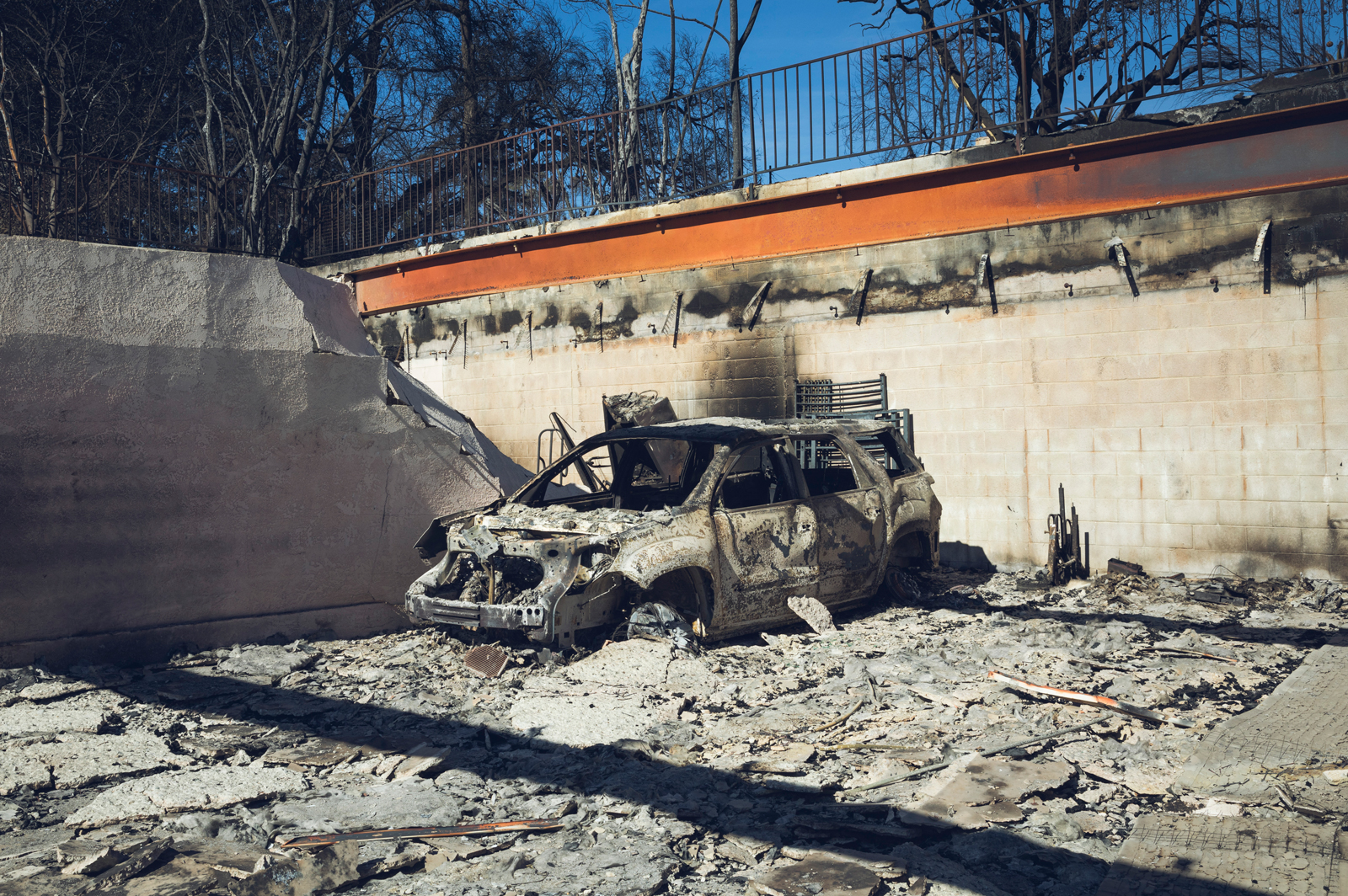
Plus, experts warn the January fires may bankrupt the FAIR Plan, and reinsurance — insurance for insurers — could be unable to cover the difference.
Estimates of insured losses run as high as $35 billion for the Eaton and Palisades Fires, $6 billion of which fall under the FAIR Plan, according to Evercore ISI. If the FAIR Plan and reinsurance cannot cover all claims, private insurers will be forced to plug the hole and may, in turn, ask the state to pass the costs on to their policyholders.
That so-called supplemental fee would be a hit to those who have paid a premium to hold onto their private policies. Many have opted for minimum coverage due to ballooning costs. So, not only will they be hit with a fee but they also may not receive a payout high enough to rebuild a home to match the one they lost.
That replica is something many yearn for.
“We hope to rebuild our 1950s ranch house in a similar style,” one Reddit user responded to a thread called “For those who want to stay and rebuild” in the Altadena subreddit.
“We’re hoping to rebuild something similar to our Janes cottage,” another Redditor tacked on, referring to the 160-or-so compact English- and Tudor-style homes designed and developed by homebuilder E.P. Janes for Altadena in the 1920s.
Most weighing in online acknowledge that new builds will need to be more fire safe, constructed with exteriors rated one-hour fire resistant, for example.
Hidden costs
Construction costs are a headline number, but DeGood detailed a laundry list of related expenses that would push the limits of what insurance payouts could cover. A big one: remediation to dispose of melted plastic, lead-based paint and possibly asbestos at scorched sites.
“That is obscenely expensive and involved,” he said.
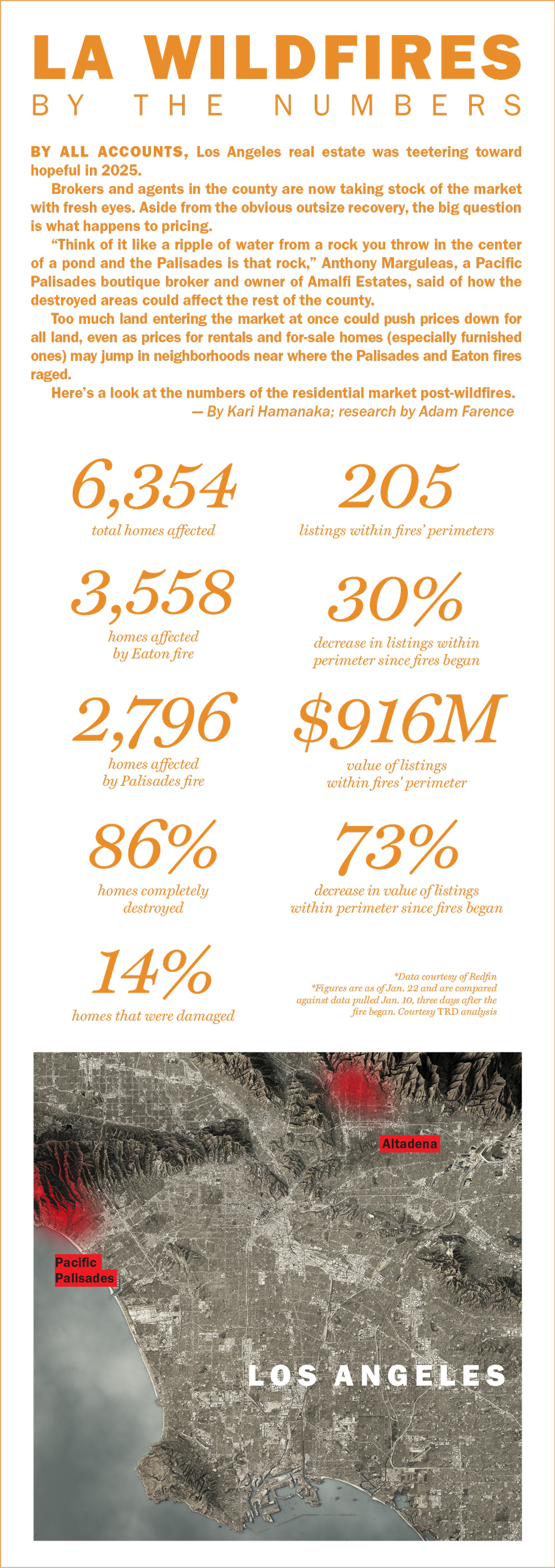
Development will also drive up demand for contractors as the city grapples with a multi-year worker shortage that has jacked up construction costs.
“You want to do a major construction project or remodel, especially in West L.A. on a normal day — there’s like fights for contractors,” DeGood said.
If President Donald Trump follows through with his mass deportation promises, that could exacerbate the homebuilder shortage. Over two-fifths of California’s construction workers are immigrants, according to advocacy nonprofit National Immigration Forum.
Then there’s the cost of financing a residential rebuild. Interest rates on construction loans ballooned amid the Federal Reserve’s hiking cycle and have yet to fall dramatically, which boosts the expense of development.
Plus, lenders want to see fire insurance. Those under the FAIR Plan will be able to tap their existing policies, sources said. But under- or uninsured owners, including those recently dropped, could struggle to find a policy or afford one.
“It was already expensive to get insurance for projects,” Sean Burton, founder of CityView, L.A.’s largest multifamily developer, said. “It’s one thing that has really gone up dramatically over the past five years.”
“I’m worried about what it’s going to be like to get insurance going forward for single-family homes and also for multifamily,” he said.
Those obstacles alone could derail owners looking to rebuild. And then there’s the paperwork.
Protected moths and tradeoffs
Two weeks after the fires broke out, a group of brokers gathered at a home in the Hollywood Hills for an invite-only event on rebuilding.
Competitors and colleagues noshed on mini burgers as they parsed the dense series of executive orders and insurance information. It was one big cram session of new rules and regulations they needed to understand and commit to memory.
“There’s so much misinformation being spread out there,” the Agency’s Jon Grauman said as his peers listened. “I think it’s our job and our responsibility to set the record straight.”
Many in the group had also sent a letter to Newsom and Bass a week earlier, calling on the electeds to loosen building regulations and codes they believed could hamstring rebuilding.
“It’s going to take years, years to rebuild and we feel like we owe the families as well as the people who are going to rebuild, zoning and laws that accommodate a rebuilding environment,” the Agency’s Ben Belack said. Belack had drafted the letter with Jason Oppenheim of the eponymous brokerage.
“There were a lot of things that were broken before,” Christie’s International Real Estate SoCal founder and CEO Aaron Kirman, who signed the letter, said.
The authors outlined five actions: double the FAIR Plan’s coverage cap, waive the city’s lofty Measure ULA transfer tax, cut the red tape around permitting, minimize any other possible delays (like rules around hauling construction site dirt and debris) and pause property taxes.
A dizzying array of executive orders were signed in the days and weeks after the fires started, some that jibed with the brokers’ suggestions.
The governor exempted properties from review under two environmental regulations — the California Coastal Act, which guides how the coast is developed and California Environmental Quality Act, which aims to mitigate greenhouse gas emissions. Both drag out project timelines and, in turn, jack up costs, developers and brokers say.
At the local level, Bass expedited the permitting and inspections process into a so-called “one-stop shop” for rebuilding.
The industry lauded the change. But frustrations bubbled. Why could California only hack through its notoriously tortuous regulatory web when the house was literally on fire?
“Any time an elected official says, ‘There’s an emergency; we’re going to cut the red tape,’ I think, ‘Why don’t we cut the red tape all the time?’” Edgar Khalatian, a land use attorney at Mayer Brown who also co-chairs the Los Angeles Zoning Advisory Committee, added.
“Jason here — if you’ve got a fire-damaged property you want to sell, I’ll make it easy, fair and no-hassle. Let’s discuss your price!”
Most are optimistic the swift changes will get the redevelopment wheels turning with future fire resilience as a top priority.
Others, like owner-developer Astalis who has gone through the permitting process before, are dubious that top-down changes will really make approvals, permitting and inspection easier.
“Politicians talk a lot and they say the right thing — that they will cut regulations, environmentally, etc., so we can build,” he said.
“It’s one thing to hear from the governor,” he added. “And then when you go to the local office to pull a permit, you’re not able to do it because of the attitude of the local office holder.”
That is, bureaucracy is so ingrained in the industry that some can’t see a future without it.
Sandy Sigal, a Calabasas-based developer and head of NewMark Merrill Companies, which owns shopping centers, is just as familiar with the headaches of permitting. But he’s also hopeful “California uses this as a wake-up call” to see that “our system will not get these places rebuilt and we’re going to have to change how we do things.”
“We can’t protect the rare bush and at the same time build and develop housing; we can’t protect the moth that’s on the extinction list at the same time that places don’t burn down to the ground,” he said.
Changing fabric
Amid the financial variables and regulatory battles, how the Palisades or Altadena changes will overwhelmingly come down to who stays and who sells.
And there is sure to be tension between the two. Holdouts will want their neighborhoods to resemble the ones they loved and lost. Those who leave may well sell to buyers committed to that vision. But there’s also the threat that outsiders, particularly institutions, step in and put their own stamp on the burn-scarred land.
Developers and brokers started cruising the rubble days after the fires broke, according to online accounts. Other owners who lost their homes began receiving texts from so-called “vultures.”
“Jason here — if you’ve got a fire-damaged property you want to sell, I’ll make it easy, fair and no-hassle. Let’s discuss your price!” a number tied to the Dallas-based buyer White Dove Capital texted one Altadena resident, according to a grassroots initiative tracking predatory activity.
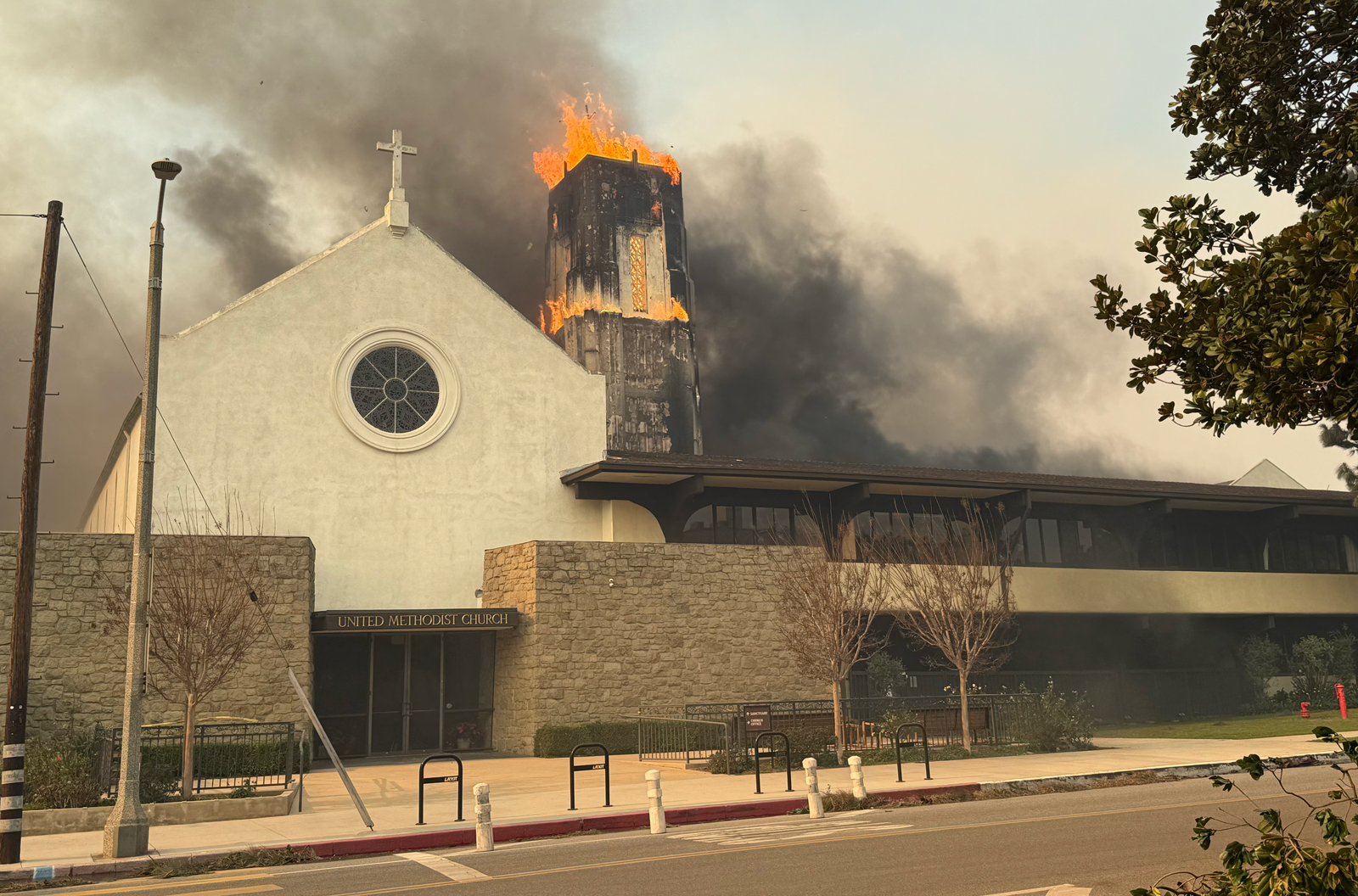
White Dove principal Ahmad Mohammad did not respond to a message for comment.
Marguleas snapped at the flood of unsolicited offers. He sent a sharp rebuke to one.
“There’s an active fire going on,” he shot back in a text. “The National Guard has been called in and they found multiple dead bodies, so the cadaver dogs are in there now. It’s a little shocking you’re asking to buy properties now.”
Some degree of NIMBYism is to be expected; owners who’ve lost their homes don’t want to lose hope that their communities can be rebuilt as they were.
But Los Angeles is in the throes of a housing and homelessness crisis that YIMBYs say only more units can solve.
Before the fires hit, projections found the city needed about 457,000 new units before the end of the decade.
“We were on track to build 5,000 to 10,000 per year, just to give you a sense,” Burton said.
“So already we were grossly inadequate and now you add on more than 10,000 families that are going to need new housing,” he added, speaking during the first days of the fire.
The question is whether burn-scarred neighborhoods are the place for that density.
The fires left a “Dresden-like” scene in their wake, as one source put it. Once the debris is cleared, developers will have a blank slate.
“We would build in Altadena,” Burton said.
But from a practical standpoint, most lots are zoned for single-family, making it tricky for developers to build multifamily.
Plus, owners expecting a payout or with the deep pockets to rebuild without one are unlikely to sell their land for a cash offer. Land in the Palisades, even after a fire, sources say, is extremely valuable.
Williams said land comprises at least half of home values in the Palisades and that number rises as you reach the coast.
Altadena and Pasadena are different beasts. The neighborhoods had rentals before the fires and lower median household incomes — $124,000 in Altadena and $98,000 in Pasadena compared to the Palisades’ $180,000.
That means there could be some owners who will opt to sell if their insurance doesn’t cover losses and they don’t have the equity to rebuild. Experts have already warned about the threat of gentrification in Altadena, a haven for Black homeowners.
But even YIMBYs say the devastation in Altadena should not be treated as a chance to stack apartment buildings side by side. Rather, rebuilding should include granny flats, also called accessory dwelling units or ADUs, to beef up supply without displacing homeowners.
“We’re not of the viewpoint that residents who lost their homes should be selling to developers and walking away,” Azeen Khanmalek, who heads pro-housing group Abundant Housing L.A., said.
Five stages of grief
Soboroff, the developer tasked with charting L.A.’s recovery, called for “positive participation” in a press release announcing his appointment.
But residents are still coming to terms with the trauma of losing their homes and in many cases their communities — an experience so devastating it can trigger PTSD symptoms like flashbacks, nightmares and severe anxiety.
Many are cycling through the stages of grief.
“I do wake up at night,” said Astalis, who watched the Eaton Fire tear down the mountains toward his apartment buildings and home. “I’m just mad because of the way things happened.”
Kohl, in her blog post, acknowledged that some residents wouldn’t be able to get over the event.
“We will see some of you back in 90272,” she wrote. “We will miss those of you who won’t, or simply can’t, come back.”
The silver lining of a collective trauma is unity. And despite the horrors of what happened, and, for some, the prospect that a changing climate means it could happen again, most are resolute: They will not abandon their community.
“Look, I guess the only reassuring thing is there’s hundreds and thousands of people that are going through the same thing, so we’re not alone,” Marguleas said. “We’re going to rebuild and we are positive about it.”
Astalis is already making plans.
“I would like to rebuild those [two rentals] in the same style [but] make a second story so it’s a large square footage but leave the yard,” he said. “It would be a better residence but still have a yard.”
“It shouldn’t be hard at all.”
—Abigail Nehring contributed reporting.
